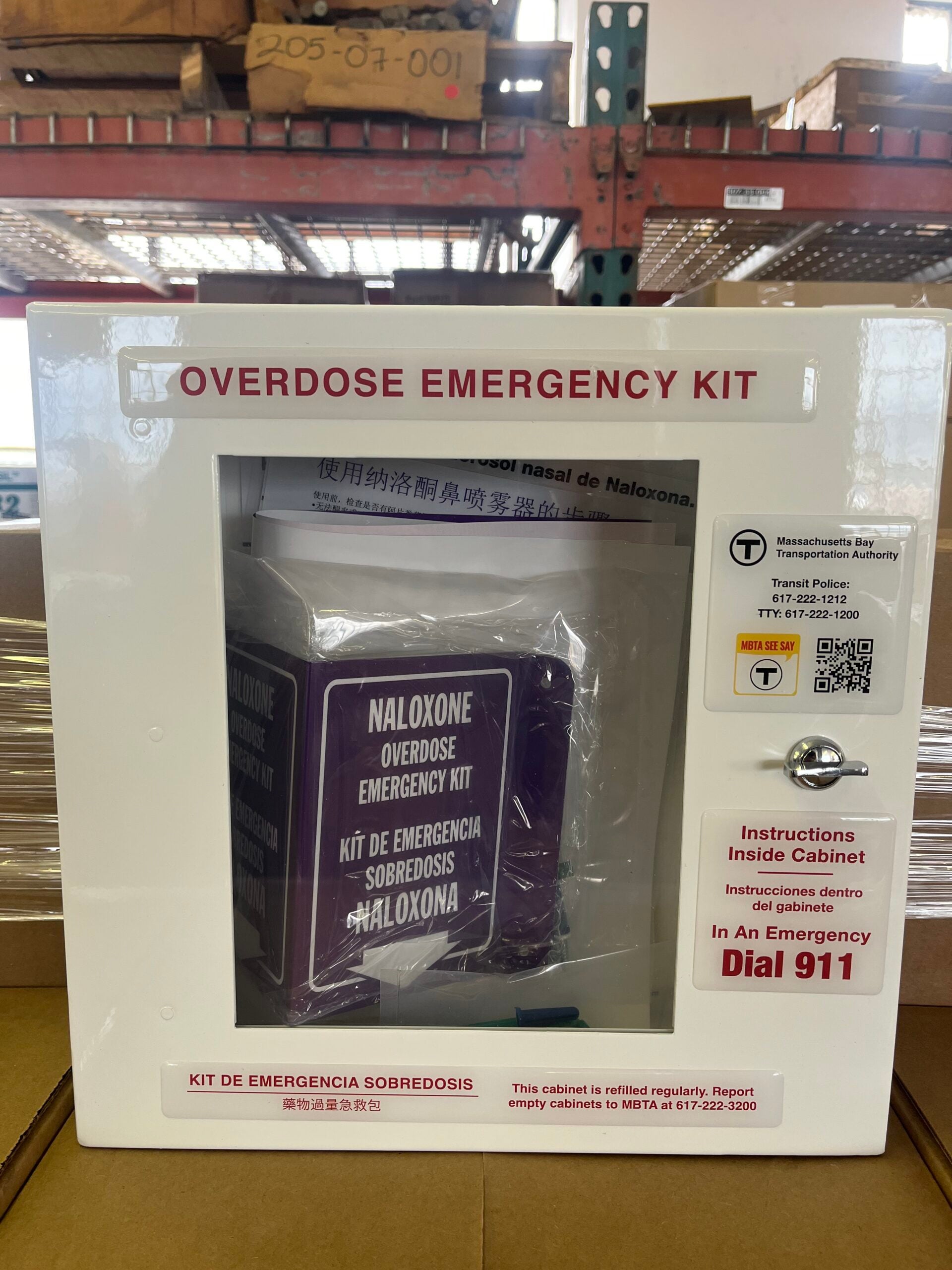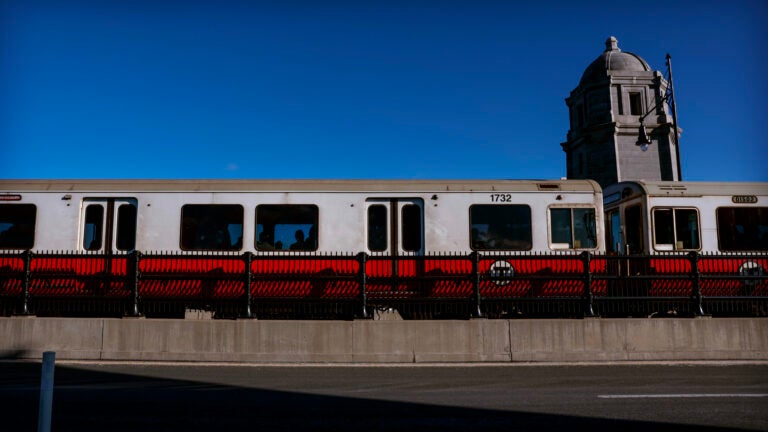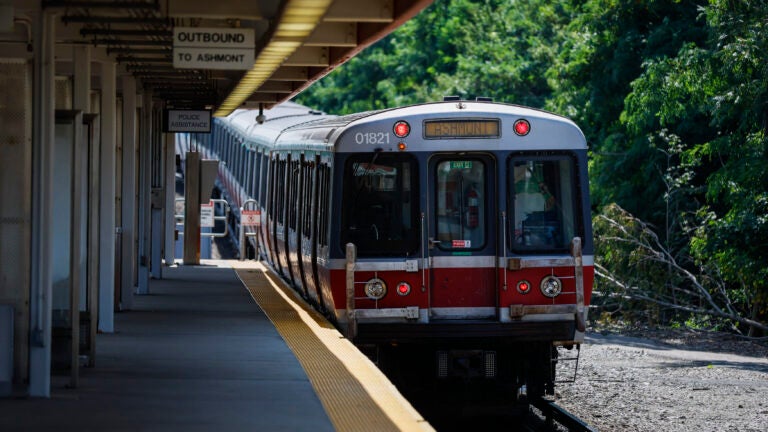Local News
Five Red Line stations will provide the life-saving, overdose-reversing drug.
A public access naloxone program spearheaded by Harvard students will come to fruition in the coming weeks, as the MBTA today announced a plan to provide Narcan — the most common brand name for the overdose-reversing drug — at five Red Line stations.
In Massachusetts, there were 2,104 confirmed opioid-related deaths in 2023, according to the Massachusetts Department of Public Health.
“The more Narcan is accessible, the more likely that we’ll be able to keep people alive if they overdose,” said Prevention and Recovery Specialist for the Cambridge Public Health Department Danielle McPeak in an interview with Boston.com. “Massachusetts is a place that believes in harm reduction.”
How will it work?
Using the $95,000 allocated to the program in the Massachusetts state budget, Narcan will be made available at the Quincy Center, Ashmont, Andrew, South Station, and Harvard stations. The pilot phase will last three to six months, after which the remaining Red Line stations will be evaluated for potential installation.
In simple terms, Jay Garg — a leader of the Harvard student group that proposed the idea — told Boston.com the goal is to “help people and to save lives.”
“What we’re hoping to do is be able to see that when ambulances respond to overdoses in or around the T stations that naloxone is more likely to have been administered before they got there,” he said. “Hopefully there are fewer fatalities because of overdoses in the vicinity of these stations.”
Narcan reverses an overdose by blocking the effect of opioids, and can restore normal breathing in two to three minutes, according to The Centers for Disease Control and Prevention.
Each Red Line station will be equipped with three freestanding unalarmed cabinets containing two doses of Narcan. Nearby signs will indicate how to recognize an opioid overdose, instructions on administering the Narcan, and emergency contact information.
MBTA General Manager and CEO Phillip Eng said in a statement that given the integral role T stations play in communities, it “makes them ideal pilot locations to include as part of this project.”
“It’s clear that Narcan saves lives, and we are proud to lead the way,” Eng said.

MBTA staff will not administer Narcan, but where to access it can be found using the Harm Reduction Program Locator, provided online by the commonwealth. Transit Police officers are trained on how to use Narcan and currently carry the drug.
The MBTA will share information with local health and other community-based organizations to spread awareness about the program.
The initiative is designed similar to Cambridge’s public access program which provides Narcan in public buildings. Narcan is also available at additional access points across Cambridge.
How did it start?
The program was inspired by a 2023 article published by a group of Harvard students, and aims to reduce opioid overdose-related deaths by implementing public access points at public transit stations — often deemed “overdose hotspots.”
The students, part of the Harvard College Overdose Prevention and Education Students (HCOPES) group, were inspired to launch the project in 2021 after studying data showing high overdose rates near local T stations.
The students worked with the MBTA and legislators to make the project happen.
“We are encouraging public participation in government by highlighting a case where community members saw a need and took action,” Massachusetts state Sen. John Keenan, who advocated for the initiative’s legislation, said in a statement. “We are also reducing the stigma associated with helping a person who uses drugs.”
Garg, former president of HCOPES, said he is “super grateful” the program made it to this point and is “excited to see the impact that it’s going to have.”
“There were so many people who had to buy in and had to support this and push it forward for it to get here, and I think that that’s huge and really inspiring,” he said.
The students chose to use Cambridge as a “case study” to measure the program’s impact and demonstrate how other municipalities can create similar community initiatives.
“I think by the end of the intervention, we’ll have an idea for how effective this is,” former HCOPES member Sajeev Kohli told Boston.com. “It’s a really good opportunity to learn how to structure this kind of program in this kind of setting.”
Kohli said witnessing a 19-year-old experience an overdose inspired him to launch the project.
“Luckily we had Narcan on hand and some staff administered the Narcan and the individual ended up being totally fine,” he said. “That’s the first time I witnessed how powerful naloxone can be.”
Newsletter Signup
Stay up to date on all the latest news from Boston.com

